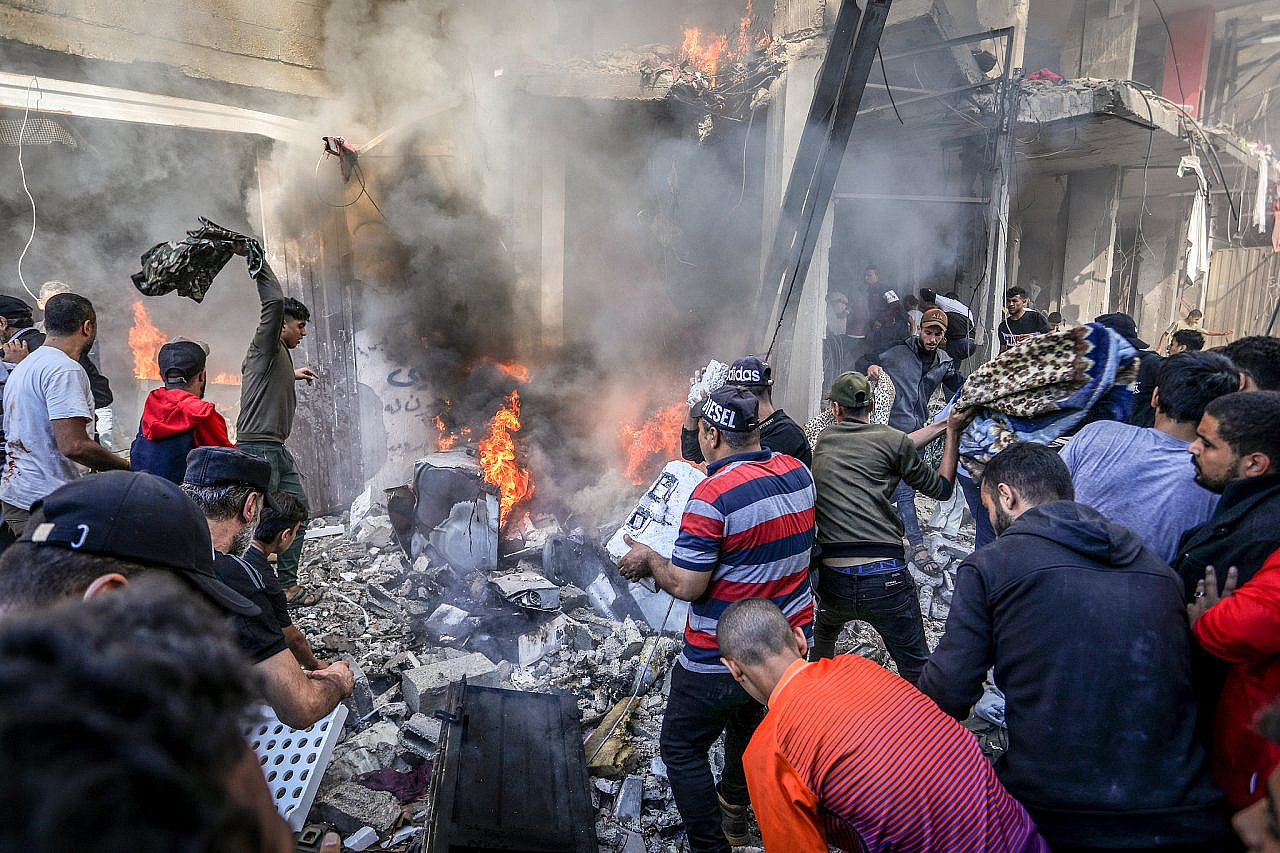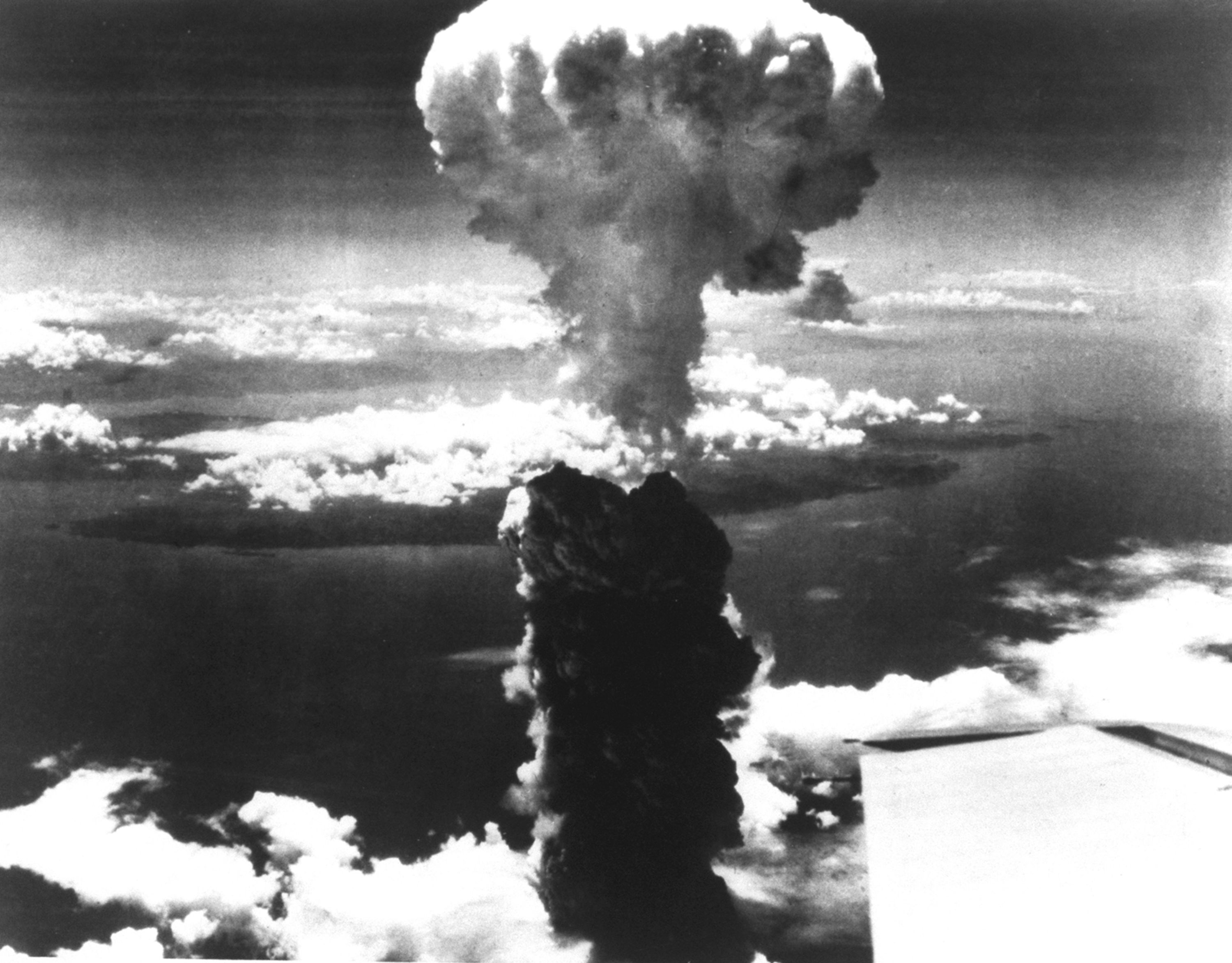 American and Afghan officials are locked in increasingly acrimonious secret talks about a long-term security agreement which is likely to see US troops, spies and air power based in the troubled country for decades.
American and Afghan officials are locked in increasingly acrimonious secret talks about a long-term security agreement which is likely to see US troops, spies and air power based in the troubled country for decades.
Though not publicised, negotiations have been under way for more than a month to secure a strategic partnership agreement which would include an American presence beyond the end of 2014 – the agreed date for all 130,000 combat troops to leave — despite continuing public debate in Washington and among other members of the 49-nation coalition fighting in Afghanistan about the speed of the withdrawal.
American officials admit that although Hillary Clinton, the US secretary of state, recently said Washington did not want any "permanent" bases in Afghanistan, her phrasing allows a variety of possible arrangements.
"There are US troops in various countries for some considerable lengths of time which are not there permanently," a US official told the Guardian.
British troops, Nato officials say, will also remain in Afghanistan long past the end of 2014, largely in training or mentoring roles. Although they will not be "combat troops" that does not mean they will not take part in combat. Mentors could regularly fight alongside Afghan troops, for example.
Senior Nato officials also predict that the insurgency in Afghanistan will continue after 2014.
There are at least five bases in Afghanistan which are likely candidates to house large contingents of American special forces, intelligence operatives, surveillance equipment and military hardware post-2014. In the heart of one of the most unstable regions in the world and close to the borders of Pakistan, Iran and China, as well as to central Asia and the Persian Gulf, the bases would be rare strategic assets.





:focal(1285x1016:1286x1017)/https://tf-cmsv2-smithsonianmag-media.s3.amazonaws.com/filer_public/d1/4e/d14ed238-3b62-4506-9f53-fc2178dade60/nov2025_d17_prologue.jpg) In the fall of 1945, a bit more than six years after Nazi Germany invaded Poland...
In the fall of 1945, a bit more than six years after Nazi Germany invaded Poland... In 2021, a book titled “The Human-Machine Team: How to Create Synergy Between Human and Artificial...
In 2021, a book titled “The Human-Machine Team: How to Create Synergy Between Human and Artificial... On Monday, August 6, 1945, after six months of intense firebombing of 67 other Japanese cities,...
On Monday, August 6, 1945, after six months of intense firebombing of 67 other Japanese cities,... The last plane carrying U.S. forces left Afghanistan on Monday, meeting an Aug. 31 deadline to withdraw...
The last plane carrying U.S. forces left Afghanistan on Monday, meeting an Aug. 31 deadline to withdraw...






























